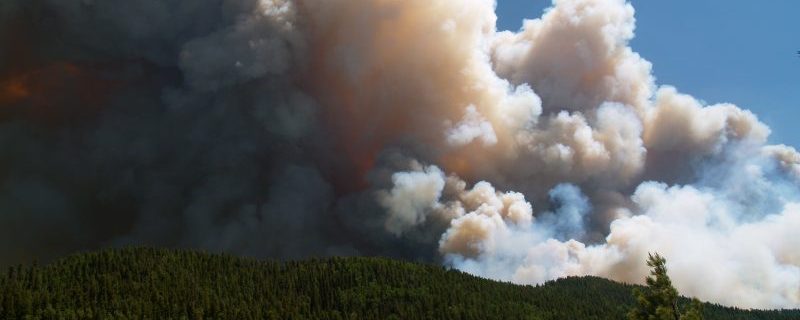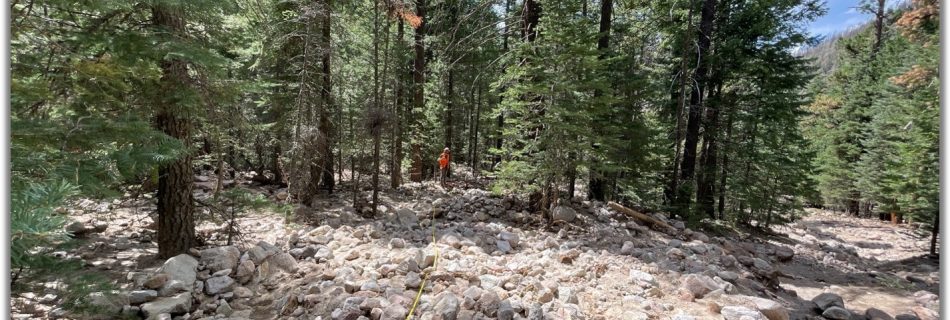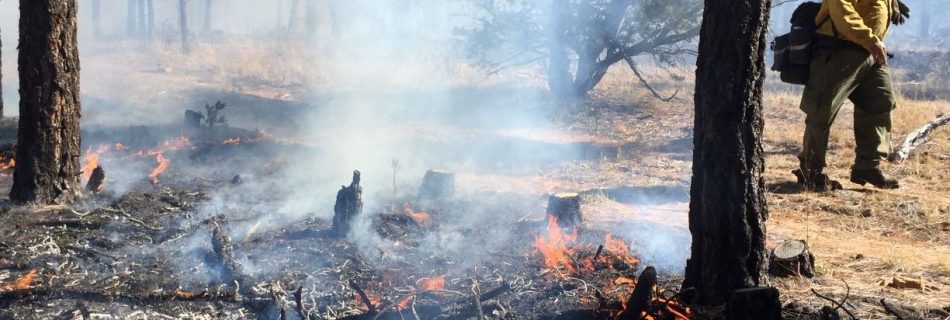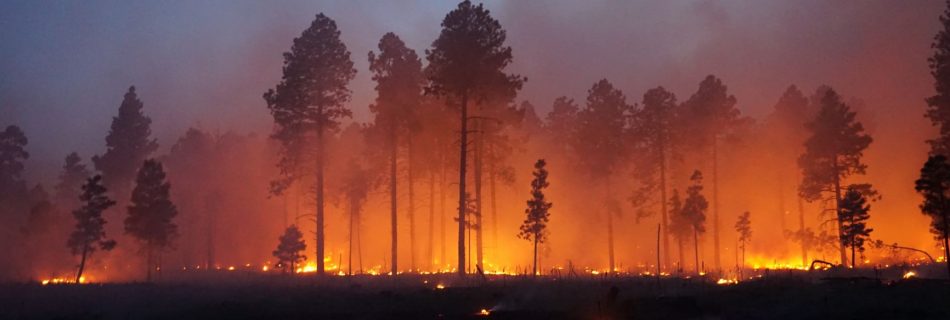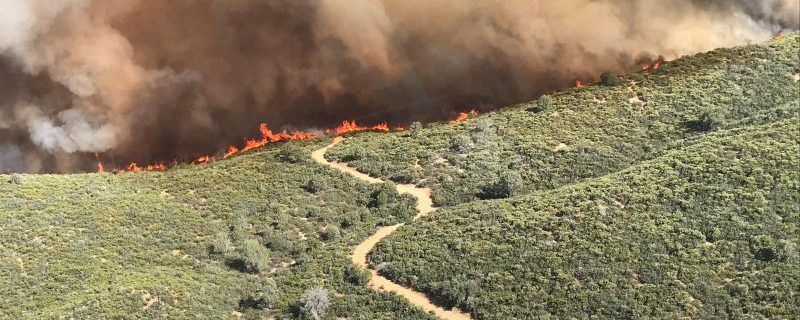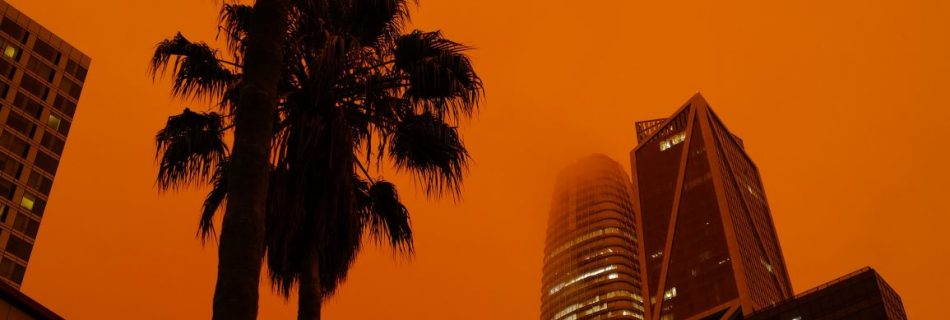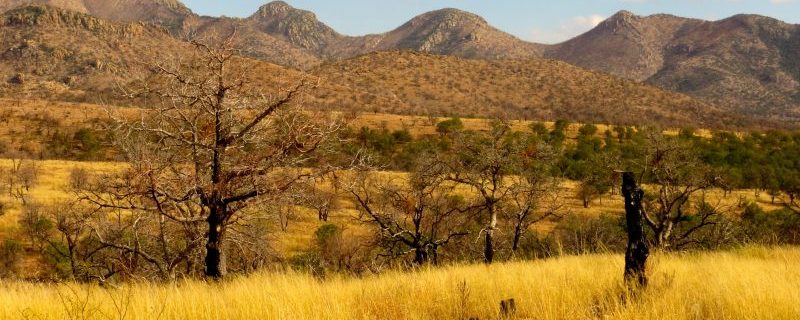After the “Big One” part 1
Released June 9, 2020 as part of the Hot and Dry Podcast Series by Cally Carswell and Collin Haffey, supported by the Southwest Fire Science Consortium. There is no single definition of what makes a single fire the “big one.” But there are some common factors: extreme fire behavior, dramatic fire severity, watersheds burned, and communities …

